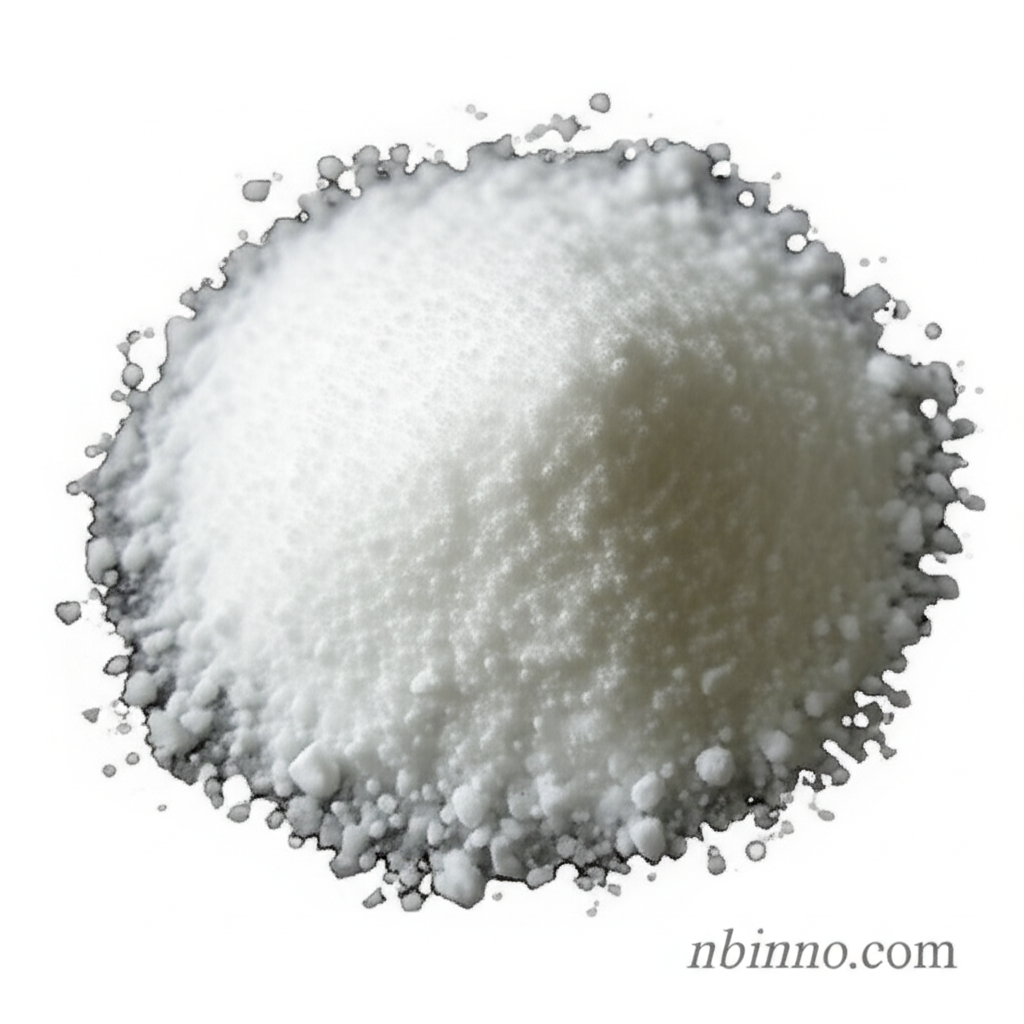High-Purity Boric Acid (H3BO3): Versatile Industrial and Chemical Applications
Discover the multifaceted uses of Boric Acid, a key compound in numerous industrial and chemical processes.
Get a Quote & SampleProduct Core Value

Boric Acid
Boric acid, a crystalline white powder, is a crucial boron compound with extensive applications across various sectors. Its unique properties make it indispensable in industrial processes, scientific research, and even agricultural applications.
- Explore the diverse boric acid uses in industry, from glass manufacturing to metal welding.
- Learn about the effectiveness of boric acid insecticide properties for pest control.
- Understand the boric acid chemical formula (H3BO3) and its fundamental role in chemistry.
- Discover the applications of boric acid antiseptic uses for hygiene and preservation.
Key Advantages
Industrial Versatility
Boric acid's application in glass manufacturing enhances product strength and thermal stability, showcasing its critical role in material science.
Effective Pest Control
As an effective boric acid insecticide, it provides a reliable solution for managing a wide range of pests in various environments.
Chemical Foundation
Understanding the boric acid chemical formula (H3BO3) is key to appreciating its fundamental nature in inorganic chemistry and its role in synthesizing other compounds.
Key Applications
Glass & Ceramics
Utilized to improve the thermostabilization, transparency, and strength of glass products, and enhance the fastness of ceramics, demonstrating its value in material enhancement.
Industrial Processes
Essential for smelting, metal welding, leather processing, and dyeing, showcasing its broad utility in various manufacturing sectors.
Health & Hygiene
Functions as an antiseptic, aiding in wood preservation and treating minor burns or cuts, highlighting its medicinal and protective qualities.
Agriculture & Research
Serves as a vital microelement manure in agriculture and a precursor for borides in national defense and scientific research, underscoring its importance in foundational sciences.
